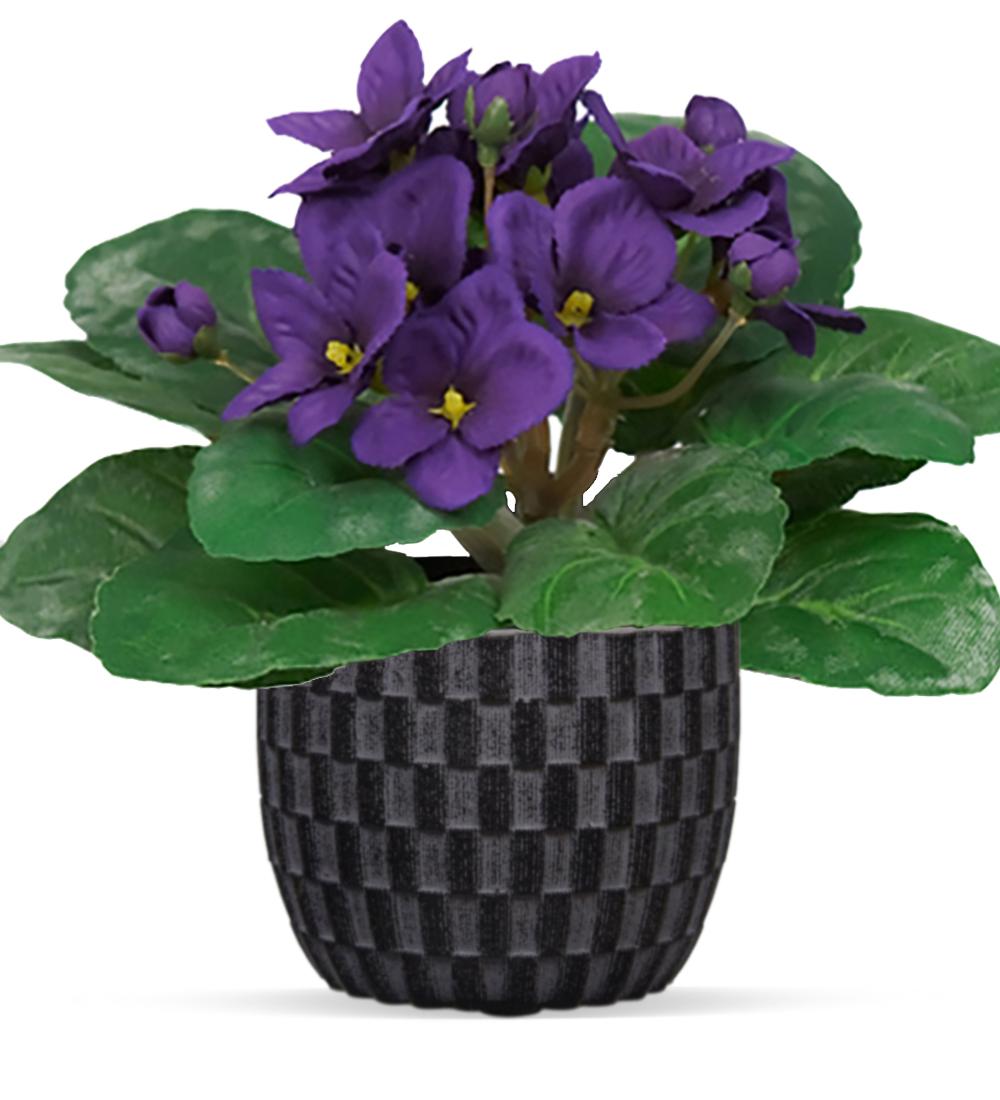
Saint Paulia artificiel en pot H 16 cm Tres fleuri du site
African Violet Plant Care Tips. Origin: Eastern Africa Height: Up to 6 in (15 cm) Light: Needs bright light to bloom. Leggy stems and no blooms indicate that it's not getting enough light. Some direct sun in winter is fine, but strong summer sun will scorch African violet leaves. Turn the plant each week to ensure even exposure to sunlight; otherwise, plants will lean toward the light source.

St. Paulia Hageland
Keeping African violets blooming all year requires a harmonious balance of the right conditions. Firstly, provide bright, indirect light, ideally using a grow light for 12-14 hours daily. Consistently maintain temperatures between 65-75°F (18-24°C). Use a high-phosphorus fertilizer every 2 weeks to encourage blossoms.
Fleuriste Isabelle Feuvrier de drôle de saintpaulia ou violette du cap
WATER: Keep soil moist with warm water and strive for high humidity. Water from below, or push the water spout into the soil when watering. Don't allow the plant to sit in water. TEMPERATURE: African violets like warm and humid conditions and thrive at 70 degrees Fahrenheit.
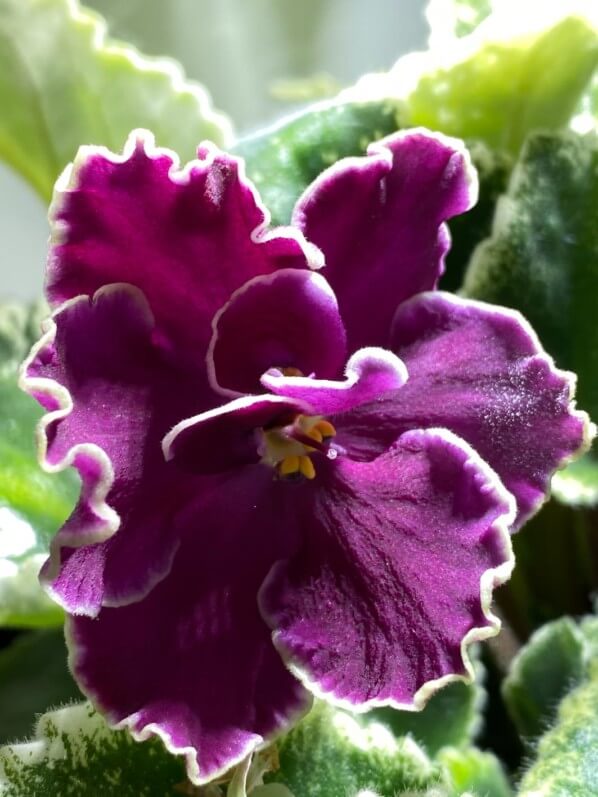
Nouvelle floraison d'un de mes saintpaulias Paris côté jardin
January 5,2024. minute read (Credit: Pixabay) Just in time to brighten the dull, dreary days of January, the National Garden Bureau has named African violet as its houseplant of the year for 2024.

St. Paulia Hageland
Cultivation. Grow as a houseplant in free-draining compost on an east or west-facing windowsill, or grow in a temperate or warm greenhouse in bright filtered light with shade from hot sun. Water sparingly as compost dries in winter and in the growing season water freely allowing compost to dry out between waterings; feed fortnightly with a high.

St. Paulia Hageland
The plant was discovered by Baron von Saint Paul in 1892 at which point it was sent to Hermann Wendland at Berlin's Royal Botanic Gardens, who named it Saintpaulia ionantha after Baron's family name.. The original Saintpaulia was quite difficult to grow in homes and consequently didn't become popular. However around 1925 Armacost and Royston, a Los Angeles nursery, recognised the potential of.

St. Paulia Hageland
Types of African Violets . The original plants, the S. ionantha, were introduced in Germany in 1893.Shortly after, the S. confusa were introduced when a grower at the nursery noticed subtle differences among some of the plants. Since then, thousands of varieties have been produced. Today, African violets are available in single and double flowers, frilled and different shaped flowers.
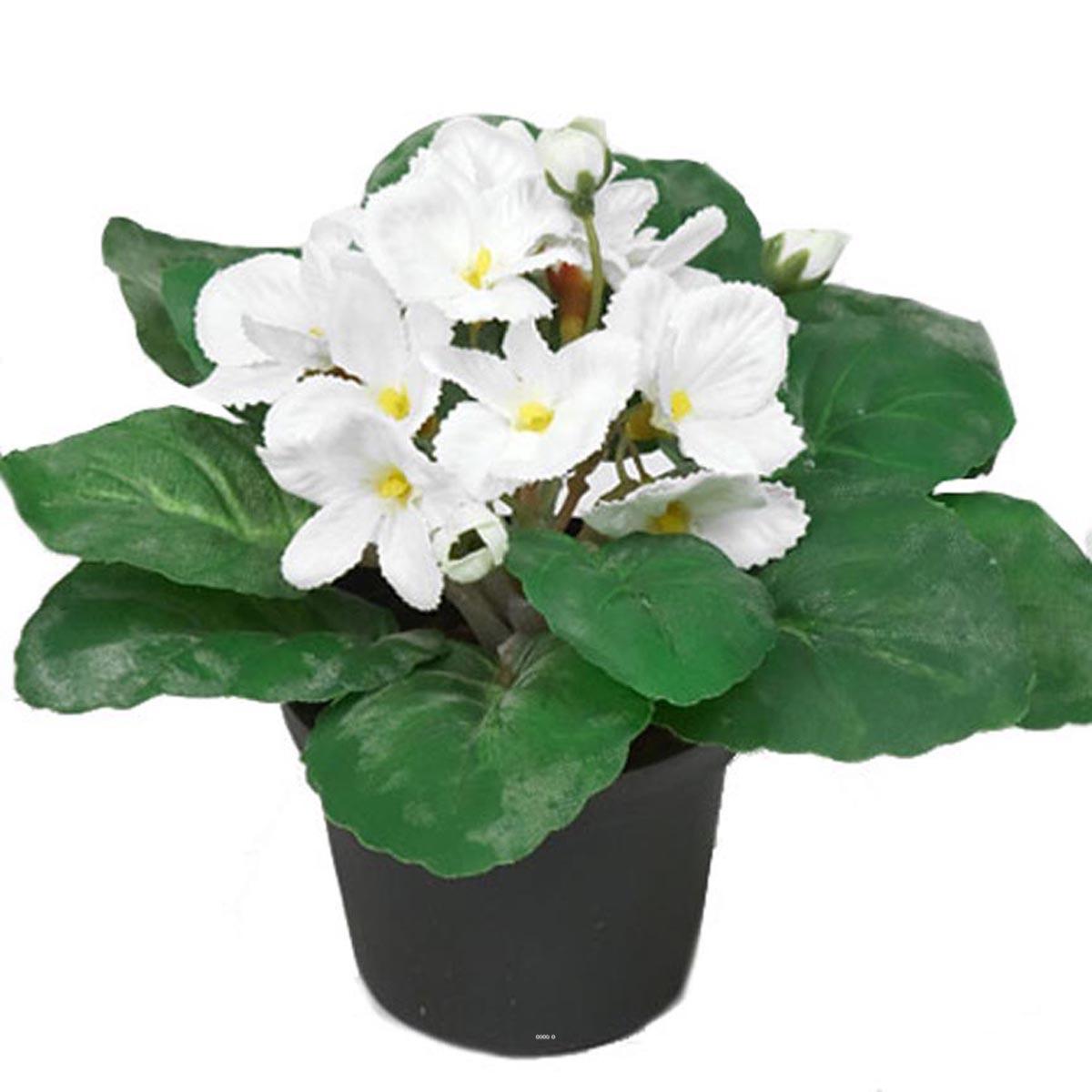
Saint Paulia artificiel en pot H 16 cm Tres fleuri du site
Remove spent blooms and any side shoots to encourage development of more flowers. Get rid of dead leaves to keep the plant neat and tidy. Remove the bottom 2-4 leaves monthly to balance out the appearance and to encourage growth of new leaves. The leaves can be used to propagate new plants.

Saintpaulia plante Ø12cm petit modèle pot Violette africaine, Planter des fleurs, Plante
And in the evening or early in the morning. Water should be taken boiled so that bacteria do not develop, which lead to flower disease. Pour water into the tray. With excessive drying of the soil, water can be poured under the root. Saintpaulia in the photo. Saintpaulia can be washed, and sometimes just moisten its leaves.
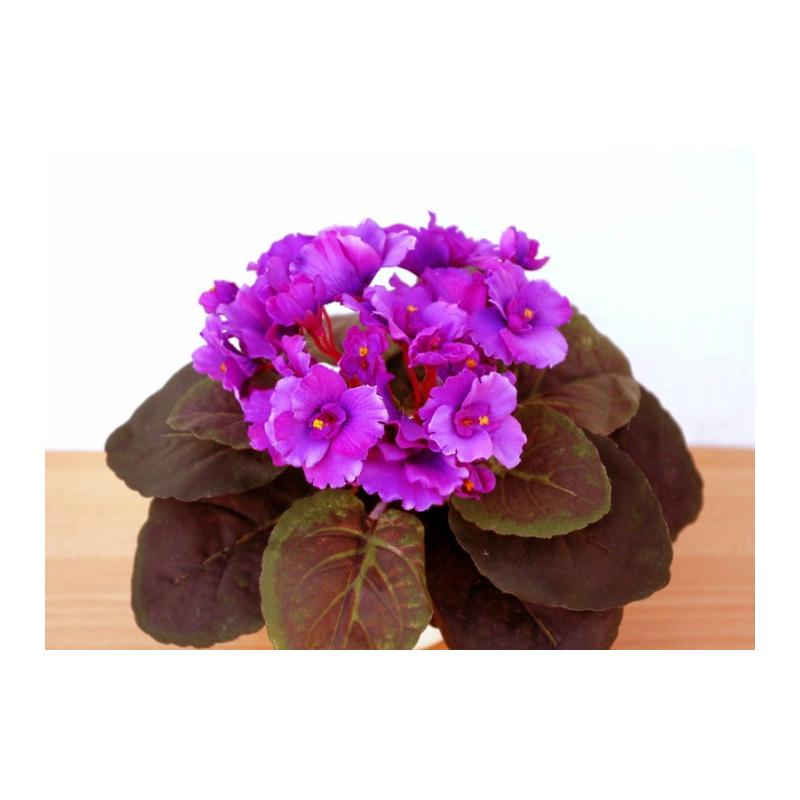
Saint Paulia plante fleurie fleurs artificielles violet Plantes fleuries artificielles Creavea
The first thing to do is prepare the growing medium. Make sure that the soil is light and porous. For a more porous texture, Epsom salt may be added to the mix. Fill ¾ of the pot with the growing medium. Then, sow the seeds and cover them with a thin layer of mixture. Put the pots in a warm and partially shaded area.
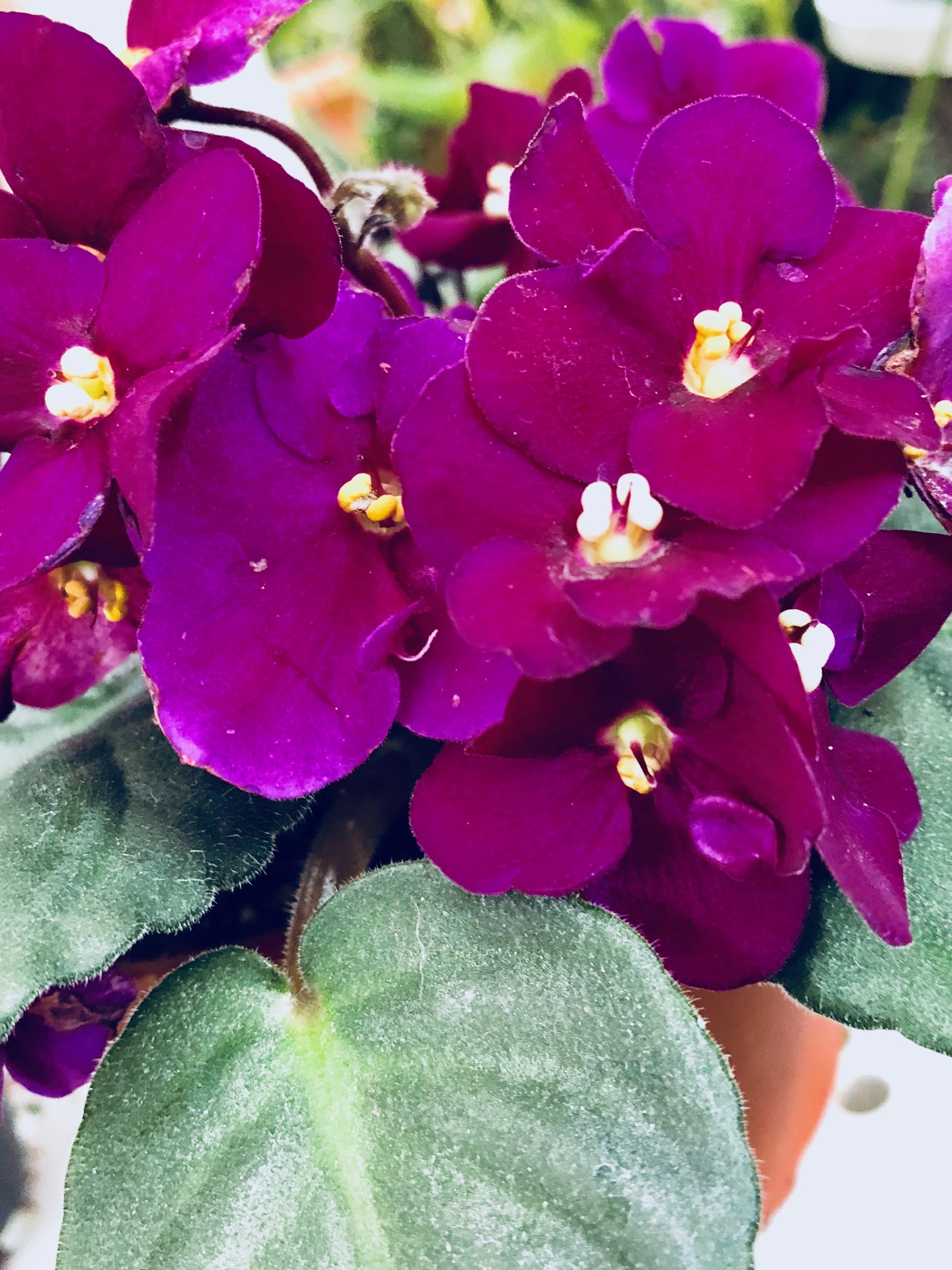
Le SaintPaulia Jardinerie Toulousaine
African Violet Plant Care. Room temperatures of around 65°f / 16°c — 75°f / 24°c are ideal. Try not to allow temperatures to decrease lower than 60°f / 15.5°c and it's advised to avoid cold drafts or abrupt temperature changes.

St. Paulia 12 cm potte Hageland
Choose a healthy leaf and tear it together with its petiole off the plant. After that place the stalk into the soil in a small pot (e.g. 7 cm (3 in) in diameter) and make sure the soil is still moist. After a few weeks new little leaves will start to grow out beside the leaf which was planted.
Le saint Paulia, conseils d'entretien Le pouvoir des fleurs
Saintpaulia ionantha, commonly called African violet, is one of the most satisfactory flowering houseplants. It is a low, compact plant with attractive dark green, thick, hairy leaves. The violet-like flowers are borne in small panicles just above the foliage. Besides various shades of blue-violet, there are also pink, fuchsia, and white cultivars.
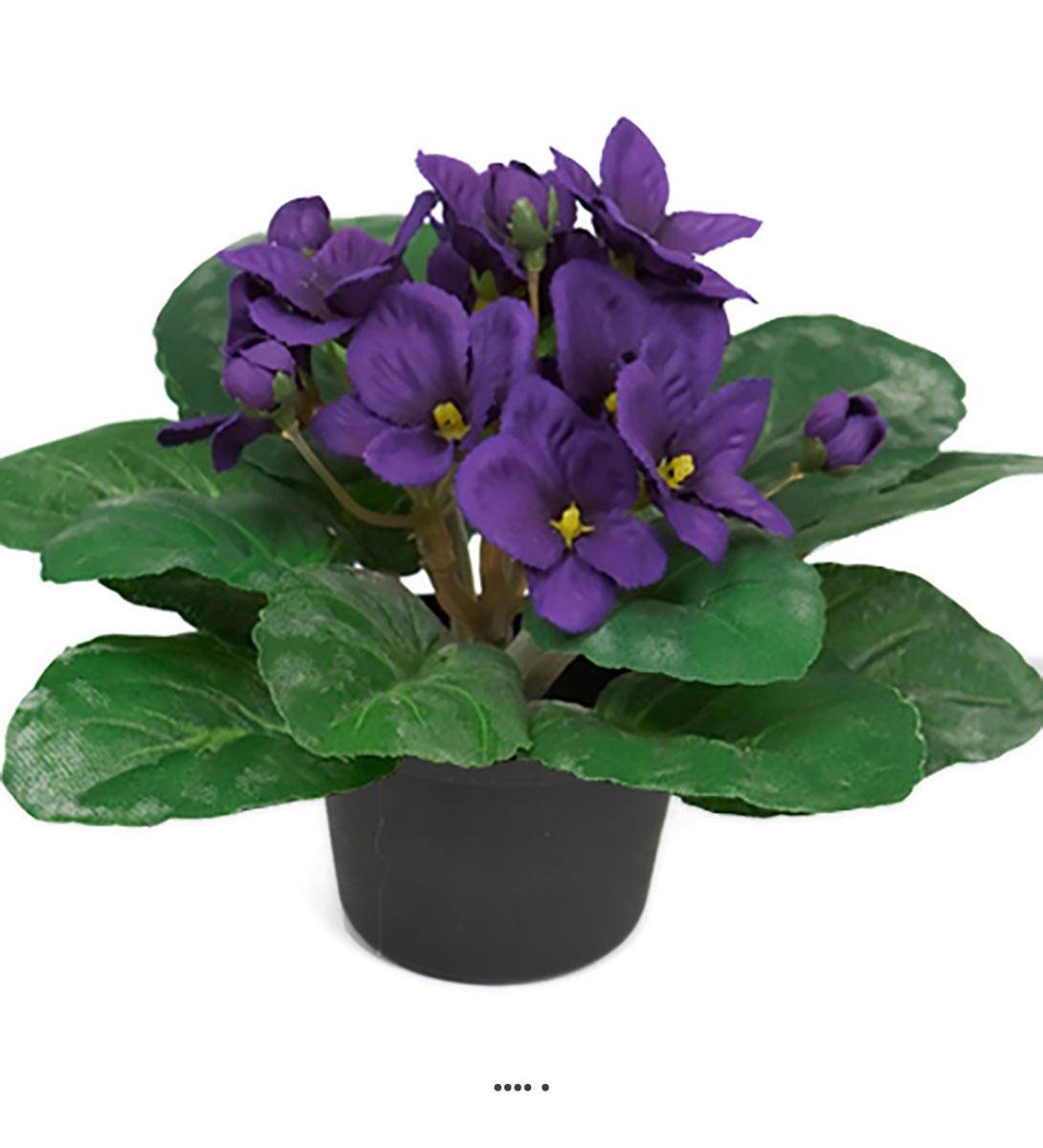
Saint Paulia artificiel en pot H 16 cm Tres fleuri du site
Saintpaulia, plant care and growing guide. Saintpaulia is native to Central Africa, being used in other countries as a houseplant. It decorates the room with its small, simple, or compound flowers, pendant, colored variously from dark purple to pale pink and white. The leaves are cordiform, fleshy, and pubescent, with a long petiole.

Saintpaulia planter et cultiver Ooreka
Looking For Saintpaulia African Violet? We Have Almost Everything On eBay. Fast and Free Shipping On Many Items You Love On eBay.

Saintpaulia 4 secrets d’entretien (100 de réussite) Détente Jardin
Origins 'Saintpaulia' is a redundant genus in the Gesneriad family, which held around ten species originating from central to south Africa. Within the last decade, all of the species have now been reclassified in neighbouring Streptocarpus.Saintpaulia was first penned in 1892 and named in honour of the district commissioner of Tanga (Kenya), Walter von Saint Paul-Illaire.